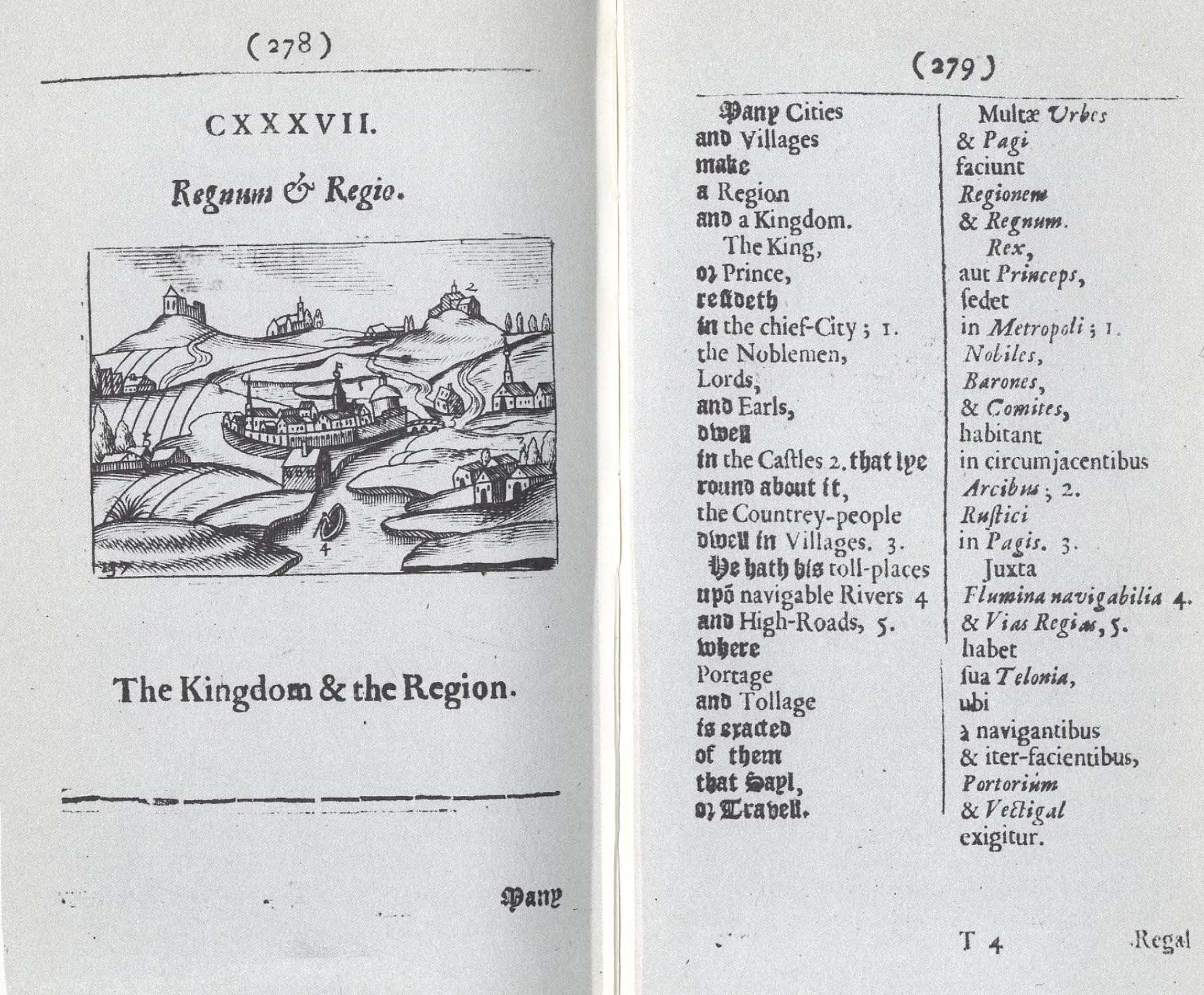
The names of the authors/editors, the publication dates, and the names of the works themselves seem to vary with great freedom throughout the different citations made of them. Hopefully, this version of Comenius’ visionary work can be of help to someone in the challenging endeavor to learn Greek. Less obvious, I have removed a lot of printed errors from the texts (though, no doubt, added my own inadvertently), created new text in spots where it was lacking or where the vicissitudes of time and early 19th century printing technology have conspired to render the text illegible, and generally combined the two works into a cleaner copy. For visual comparison, here is the same spot from the work as pictured above: Part of “Fire” in Erickson’s ὁ κόμος ἐν εἰκόσιĪs is apparent, I have typed everything up and formatted it in a way that is easier to read, keyed it all to English, and included the really neat woodcut images.
COMENIUS ORBIS PICTUS XML MAC
odt file (that is a LibreOffice file format, since they have an Ancient Greek spell-checker extension, but the file also works in Microsoft Word I assume in Mac as well, but don’t know).

The results of my labor are freely available to all as a. After a very long time typing everything up, looking up scads of words in LSJ and various specialized works hidden in various corners of the internet, learning about Ancient Greek spell-checkers, and so much more, the project was finished. My Contributionīeing somewhat disappointed by the available results and yet very intrigued by the idea of a book like this, I decided to try my hand at turning these texts into a Greek-English version of Oribis Pictus (a Latin-English version already exists, with different pictures). This are not bad, considering they were printed in the early 1800’s, but they certainly are not an easy read to reading eyes used to nice clean texts, as already mentioned. Part of “Fire” from Scherschnik’s Graeco Latinus Usui Studiosae First, from Span’s edition, which tends to have the cleaner text and be easier to read. Oh, and not to mention that I don’t read Latin, which really takes a bite out of the usability of these texts.Īs pictures speak louder than words, here is a sample of what they look like.
COMENIUS ORBIS PICTUS XML FULL
The texts are difficult to read, full of ligatures that I didn’t know (and had to learn by good old fashioned “guess and check”), and generally not very user friendly to someone whose main experience with reading Greek was looking at pristine pages of printed Greek text. After finding them (which is not easy if you don’t already know where they are), my excitement waned quickly. A few years ago, when I first learned of these resources, I got really excited. Latin-French-German example of Orbis Pictusįor those interested in Ancient Greek, there were at least two different Greek-Latin versions of this work that were published in the 1800s: Martial Span’s Orbis Pictus Graeco-Latinus, from 1820, and Leopoldo Joanni Scherschnik’s Graeco Latinus Usui Studiosae, from 1802. His work went through many permutations while Comenius was alive, and continued to be used in various forms for a good two centuries after he died. Comenius arranged the work to teach vocabulary in groups of related concepts, which we would now call learning vocabulary by semantic domains. It was, apparently, the first children’s book to systematically use illustrations like this for learning. He developed an influential textbook, Orbis Pictus (pictured below), that utilized pictures of familiar objects and parallel columns of the target language and the speaker’s native language as a way to teach the new language, especially vocabulary.

One of his far-reaching achievements was the effort to teach languages through the vernacular language of the learner.

John Amos Comenius, 1592-1670, was, among other things, an educational reformer and visionary.


 0 kommentar(er)
0 kommentar(er)
